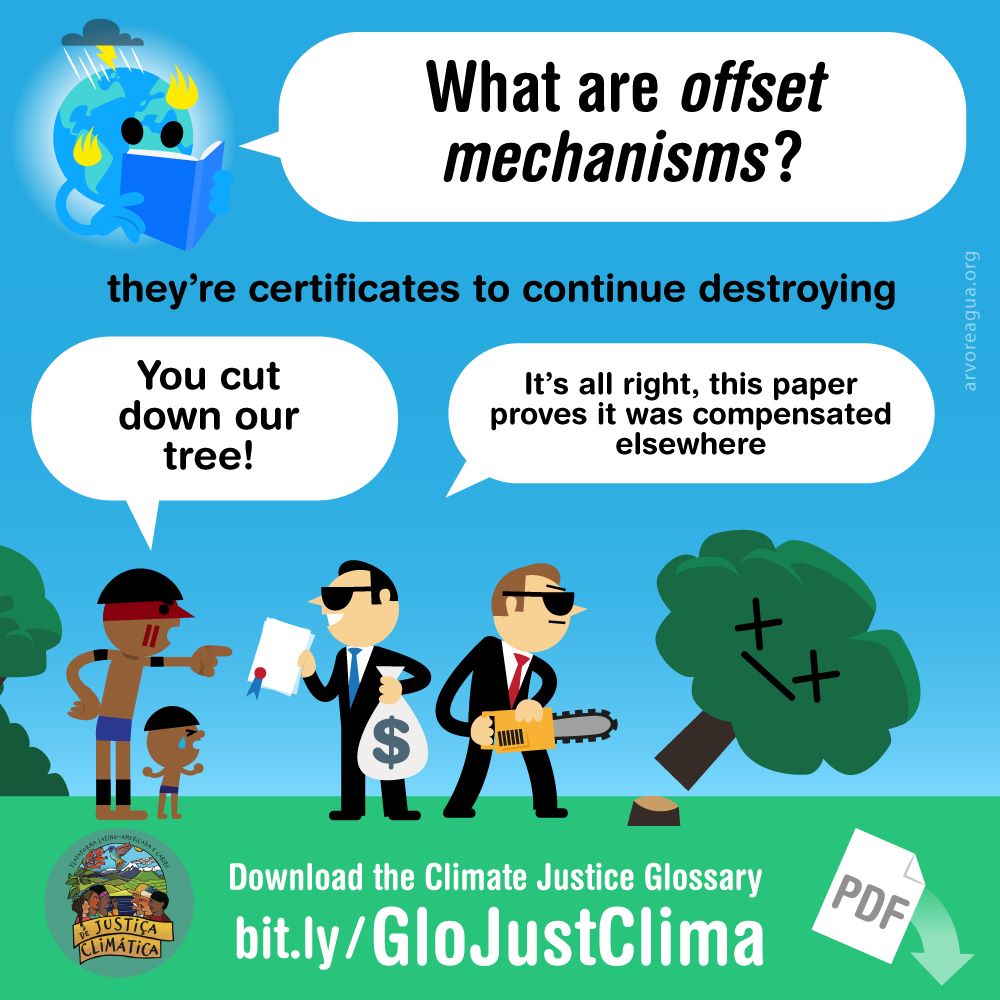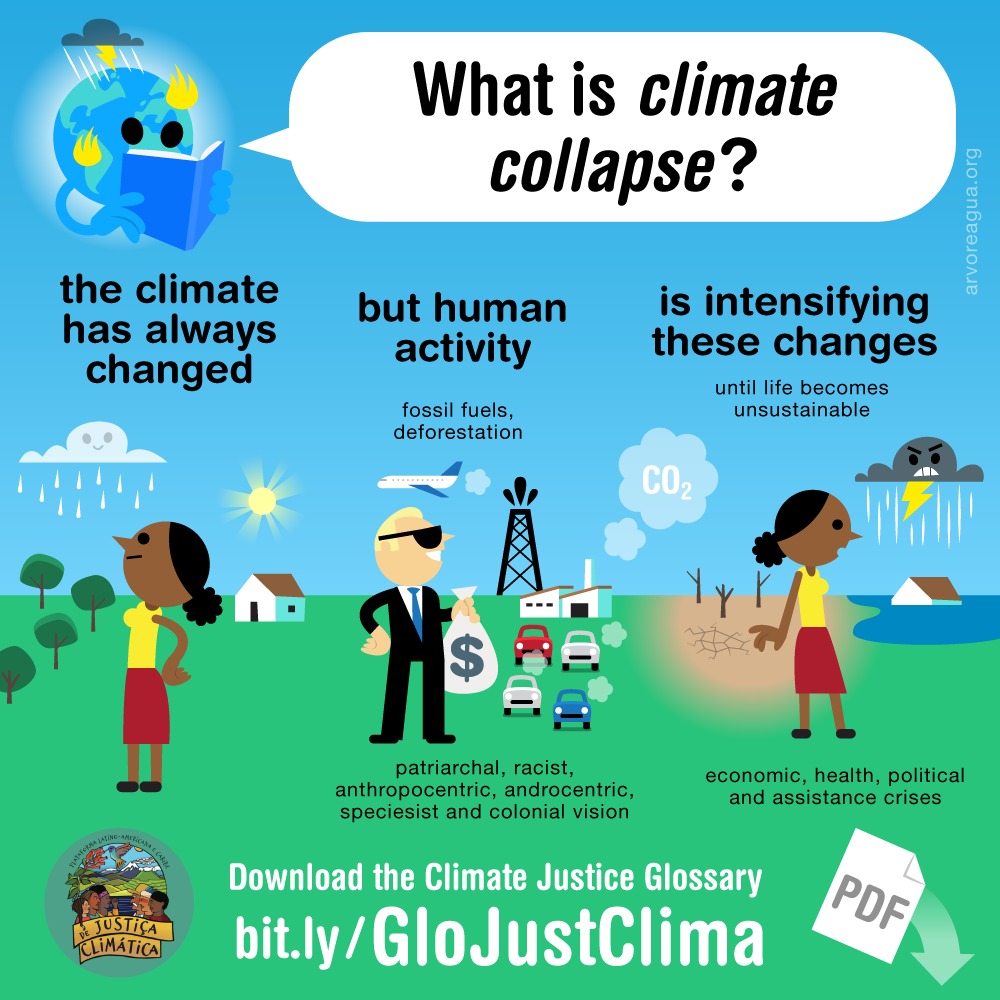
The supremacist view of environmental management has established a narrative to understand and measure the impacts of human actions mainly on ecosystems by means of economic liberal theories such as environmental economics. These interventions claim to avoid, prevent, mitigate and compensate for environmental damage, following this exact order.
An analogy would serve the purpose of illustration: an offset mechanism would work by means of lavishing women with gifts while inflicting violence against them.
Offsets are being implemented in various fields such as the carbon cycle or biodiversity loss. It should be clear that an offset scheme pretends to ‘compensate’ for environmental damage or buy ‘biodiversity offset certificates’ so as to annihilate biodiversity in the same place or a remote one.
Mega dams, large-scale hydroelectric power plants, mines, oil wells, or motorways, for example, can lead to the extinction of species of vegetation and animals. Is it really ethical to speak of compensating a life for another?
Offsetting operates using equivalences: if we destroy biodiversity here, we can conserve it in some other place where there are similar animal and vegetation species; if we release GHG here, we can pay to acquire carbon credits, through REDD projects, or in carbon or other markets. Hence, the method is not designed to prevent damage–admittedly, in continuous growth–but to obtain permits to ‘compensate’ for the inflicted damage.
Far from contributing to the Earth’s ecosystem and climate care, this argument also raises a conservation issue: territories are being privatised as sources of environmental services and generating offset permits. These market strategies offer the main polluters and conservation transnational corporations the possibility to control lands so that, under false pretenses and by means of constant pollution, they can obtain revenue. It is often seen in the creation of ‘protected’ isles aiming at displacing legitimate and ancestral communities, even when these peoples have harmoniously managed land preservation through their wisdom and practices.
Download the Climate Justice Glossary:


